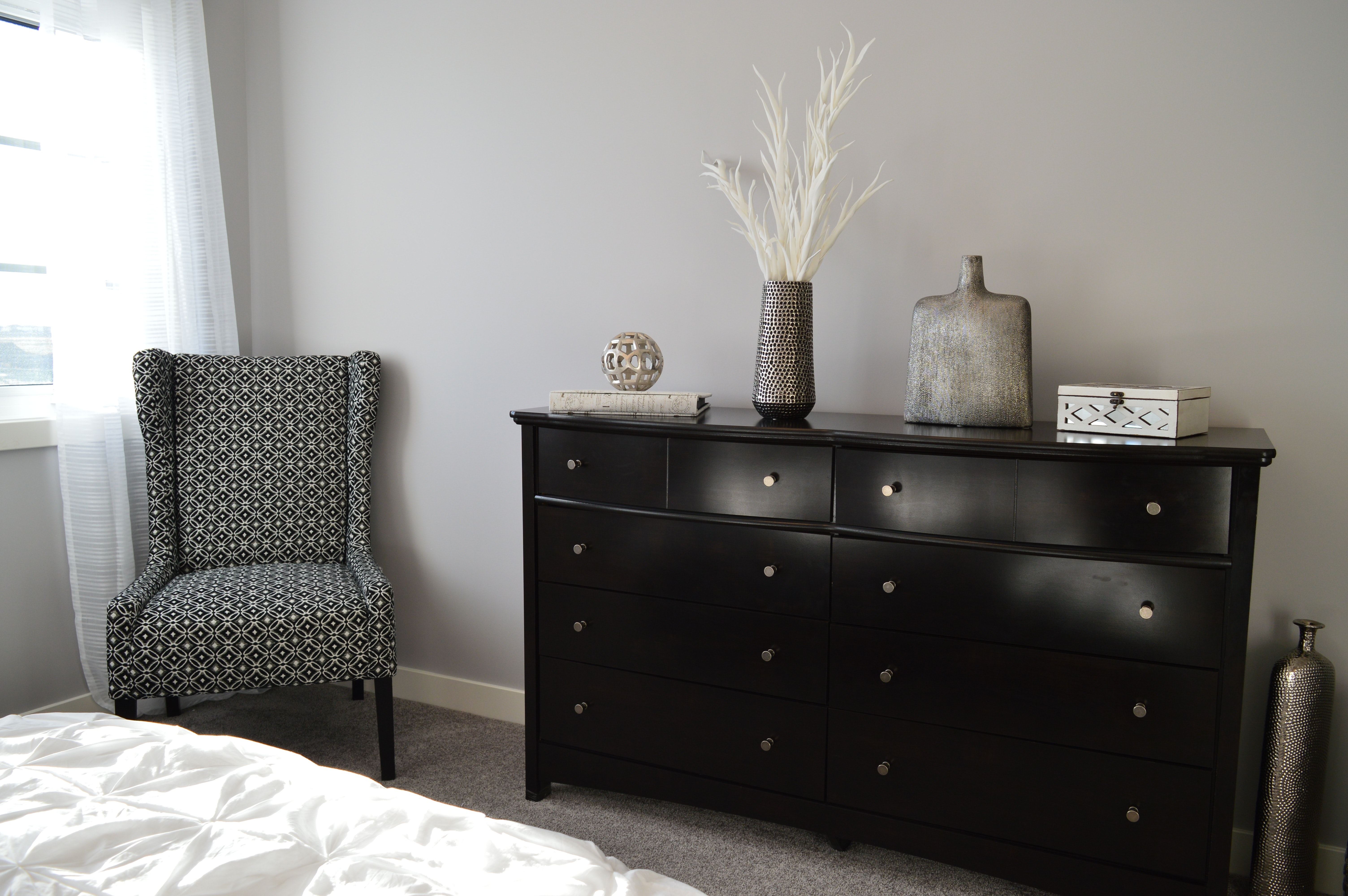BLOG
Rent-a-room: New restrictions
 Rent-a-room relief offers the opportunity to enjoy rental income of up to £7,500 tax-free from letting out a room in your own home. It does not matter whether you own or rent your home; what is important is that the let is of furnished accommodation in your own home.
Rent-a-room relief offers the opportunity to enjoy rental income of up to £7,500 tax-free from letting out a room in your own home. It does not matter whether you own or rent your home; what is important is that the let is of furnished accommodation in your own home.
How the relief works
The relief is automatic where the rental income is less than the threshold. If you are the only person receiving income from the let, the threshold is £7,500; where one or more other people receive income, the threshold is halved so each person can receive up to £3,750 tax-free (this is the case regardless of how many people receive income from the let).
Rental income more than the threshold
If the rental income exceeds the threshold, you can opt into the scheme and pay tax on the excess.
Not always the best option
Claiming rent-a-room relief will not always be the best option. For example, if rental income is more than the threshold, and expenses are also more than the threshold, computing rental profit in the normal way will give a lower taxable amount.
It will also be beneficial to opt out of rent-a-room if you make a loss, otherwise the benefit of the loss is lost and cannot be carried forward for offset against future rental profits.
New restriction
Rent-a-room relief was introduced to boost the supply of low-cost residential accommodation. In light of concerns that it was providing an unintended benefit to those offering short-term lets through sites such as Airbnb, the relief is to be amended.
To ensure that the relief is used as originally intended, i.e. to encourage the availability of rooms for lodgers, a new shared occupancy test will apply from 6 April 2019.
Shared occupancy test
Under the shared occupancy test, the individual in receipt of the income (or a member of their household) must have a ‘shared occupancy’ for all or part of the period of the let. The draft legislation requires that the physical use of the accommodation by the tenant must overlap with the use of the residence as sleeping accommodation by the landlord or a member of his or her household. It should be noted that another tenant does not count as a member of the household for the purposes of satisfying the test.
The legislation does not, however, specify a minimum period of overlap – there is no requirement for the landlord to be present for the whole let and, indeed, under the legislation as drafted, a period of overlap of only one night would be sufficient to ensure this test is met.
Example
In 2019, the Jones family let out their house for the Wimbledon fortnight and holiday in Tuscany for the entire period of the let. Their neighbours, the Smiths, let out three rooms for the Wimbledon fortnight, but remain at home for the first three days before joining the Jones’ in Tuscany. The Smiths meet the new shared occupancy test, but the Jones family do not.
Inform are here to help you so please contact us if you need further information on this or any other tax related matters.




.jpg?width=1500&height=1000&name=amy-hirschi-K0c8ko3e6AA-unsplash-(5).jpg)

